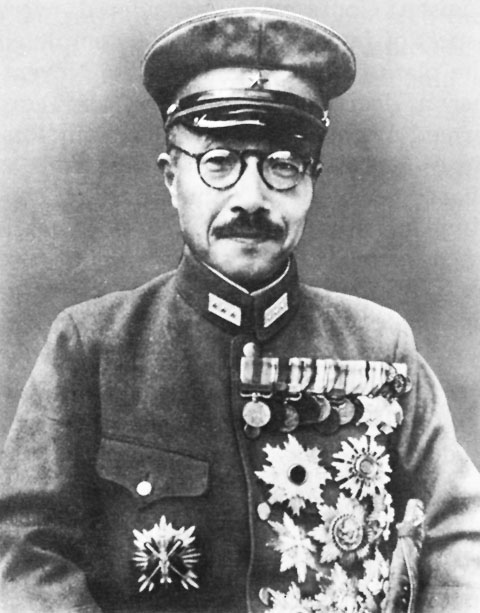 |
| Hideki Tōjō, Japanese Prime Minister (1941-44) and Minister of War (1940-44) (wikipedia). |
The Nomonhan Incident ended on the 15th September 1939 as a result of a humiliating Japanese defeat against the Soviets. This loss raised a discussion in the core of the Japanese leading officers, about if they should keep pursuing their north expansion plans (Hokuhin-ron) or switch their focus to the south (Nanshin-ron) instead.
The end of the Nomonhan incident coincided in time with the German invasion of Poland, which was followed by the German invasion of France a year later. During this time, the Nanshin-ron was the leading policy in Japan, still fighting China in the Second Sino-Japanese War. The lack of progress in China led to the Japanese invasion of the whole French Indochina in July 1941. This invasion, due to the weakness of the French, the British and the Dutch after the war in Europe, would help to cut off foreign aid supply to China and enable the creation of a Southern front.











